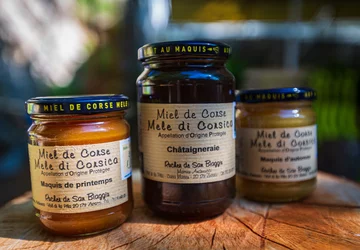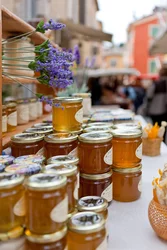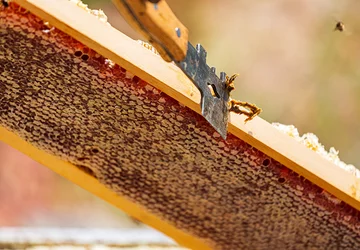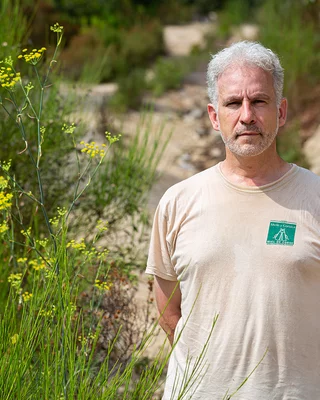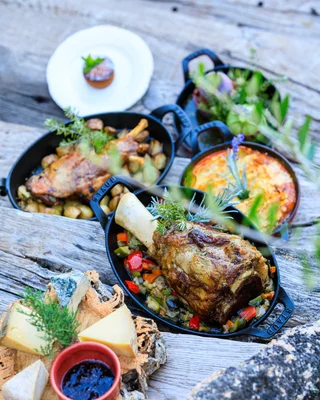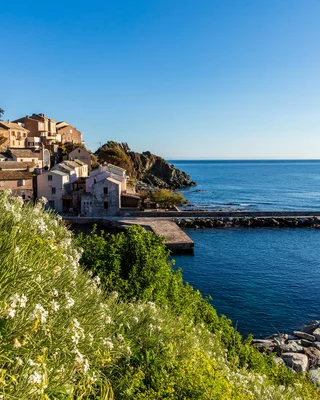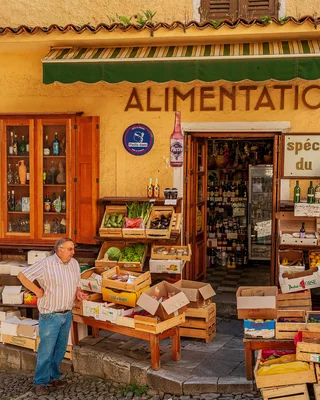Corsican honey in all its forms
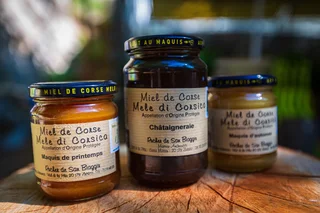
If, like us, honey is your guilty pleasure, this article is for you. Follow us to discoverone of the world's oldest foods, in all its forms: crystallized, solid or liquid. Long before homo sapiens, bees appeared on our planet 100 million years ago. Once used for embalming bodies and as food for the gods, honey is a symbol of pleasure in every civilization.
PDO Mele di Corsica
There are 6 main varieties of PDO (Protected Designation of Origin) Corsican honey:
- Spring honey With a golden color, floral flavor and no acidity (harvested from March to May);
- Miel de Maquis de Printemps Amber-colored, with a delicate caramel and cocoa taste (harvested throughout spring);
- Miellats du maquis Very dark in color, it has a lingering flavor of licorice, caramel and ripe fruit (harvested from May to September);
- Maquis summer honey Amber-colored, it has a very mild flavor (harvested from August);
- Chestnut grove honey Amber-colored, intense, with a very strong flavor and a marked acidity (harvested from July);
- Maquis d'automne Autumn Maquis: bright yellow, with a strong, bitter flavor (harvested from October to February).
The specificity of Corsican honey is a blend of different factors:
- Nature : it's Corsica's endemic vegetation that makes the flavor of its honey unique.
- Corsican bees: the Corsican ecotype Apis mellifera corsica, perfectly adapted to the region's geographical and climatic conditions .
- And finally, the people: honey production in Corsica is based on a tradition rooted in the ancient past.
It's the combination of these three elements that has earned Corsican honey its PDO (Protected Designation of Origin).
From arbutus to thyme, from asphodel to chestnut
Corsica's insularity is a key factor in the originality of its natural environment and its honeys. With 2800 species of plants and flowers , 127 of which are endemic, small pesticide-free cultivation units and an exceptional climate, the quality and diversity of Corsican honey aromas are astonishing.
The clementines of the vast fields of the eastern plain are a bee's delight, as is the Corsican chestnut grove.
AnthyllisCorsican thyme, brambles and germander make for a rare honey, while arbutus and ivy produce a very strong honey... White heather and lavender make it delicate, cistus and eucalyptus persistent, and nepita deliciously bitter.
Where can I find Corsican honey?
To produce different varieties, beekeepers move their hives and bees from the seaside to the mountains, depending on the season.
Producer: a threat to beekeepers
With production under threat, Corsica's 161 beekeepers need to find solutions. Climate change (too much wind, too little rain, too hot a spring...) and the chestnut cypher are reducing the PDO honey harvest every year. The 21,000 beehives that used to produce 345 tonnes a year, have been producing 240 tonnes since 2017. Forced to feed the bees syrup to save the deficient swarms, producers incur substantial additional costs and have to work harder.
Well known for its antibacterial and cough-soothing benefits, nearly 40,000 tonnes of honey are consumed every year in France. This super-food contains trace elements, vitamins and minerals so precious to our health.
House of honey in the south
At Murzo in southern Corsica, you're invited to take an educational tour of this marvellous world. Did you know? The larva, which hatches on the 3rd day after laying an egg, is fed royal jelly, pollen and honey until the 9th day by the bees in the hive, while the queen's larva receives only royal jelly. Improve your knowledge at the bee house with exhibitions and workshops!
The hive's greatest treasure
Honey from the Isle of Beauty won three awards in 2022: gold medal at the Concours des Miels de France organized by UNAF (Union Nationale de l'Apiculture Française) for Serge Cagninacci in Urtaca, silver and bronze medals for Colin Dupré in Calenzana. The 210 honeys on show made for a highly colorful and flavorful list of winners! Palaces and top chefs alike are fans of this little treasure!
Corsican honey is widely used in the island's regional specialties. Macaroons with maquis honey, tomato ketchup with spring maquis honey, roast veal with chestnut honey, cabri with autumn maquis honey, foie gras with maquis honeydew honey, ice cream with spring maquis honey.... These are just some of the recipes in which Corsican honey brings its distinctive flavour to delicious bites!
Honey producers present their products at markets and share their passion for the fantastic and fragile world of bees, so be sure to visit them on your next tour of Corsica.
How do you say honey in Corsican?
U Mele
